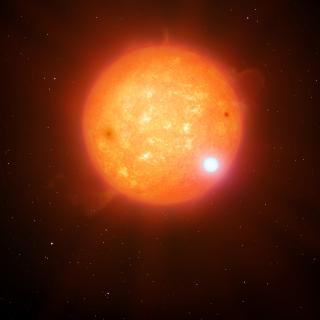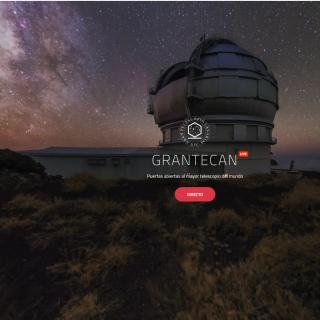
200 nights of observation were needed, from both northern and southern hemispheres, to complete the biggest panorama of our Galaxy, the Milky Way. This IAC project, funded by the FECYT, has obtained the biggest panoramic image ever taken of our Galaxy without the use of professional telescopes.
Advertised on




